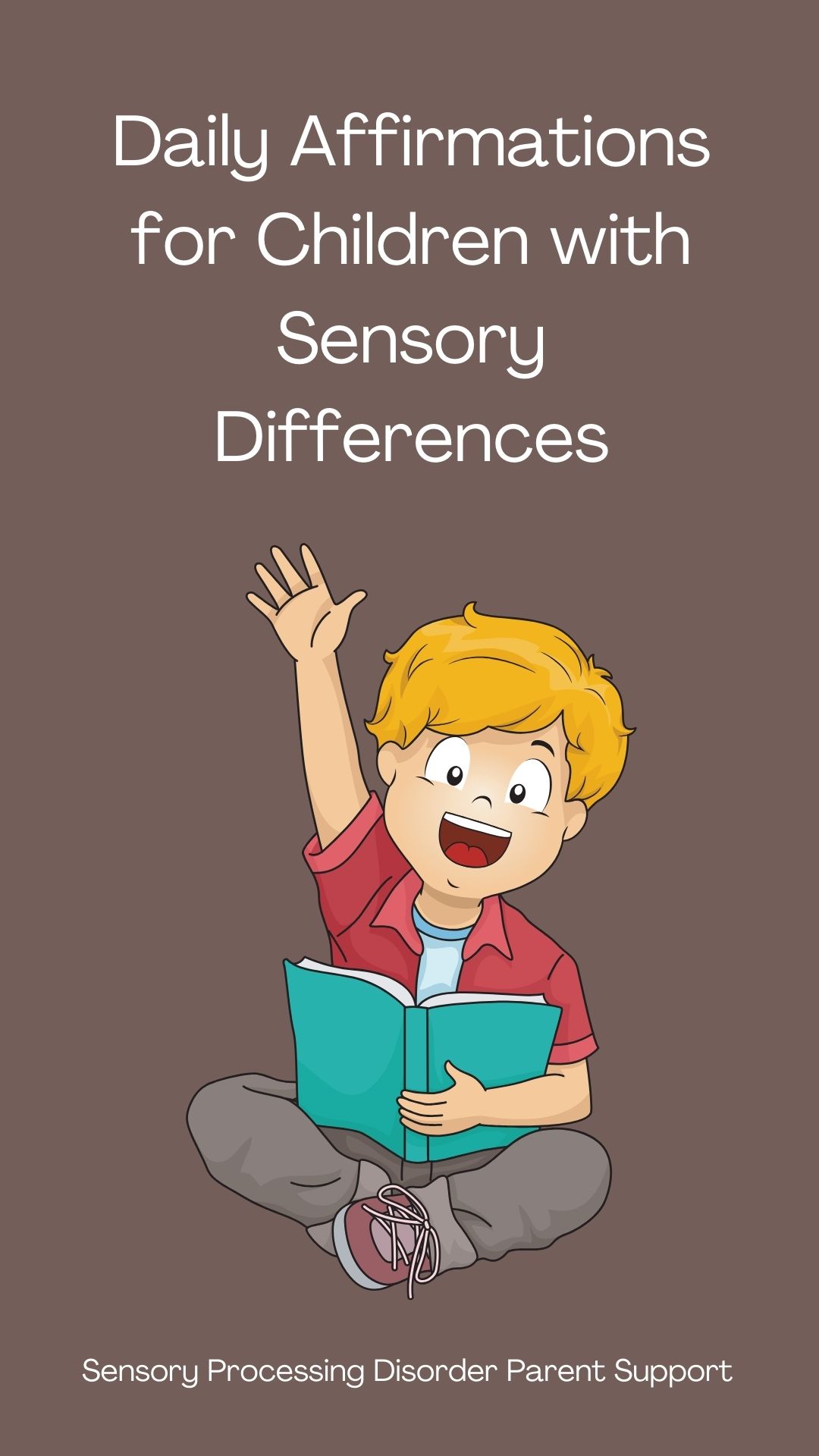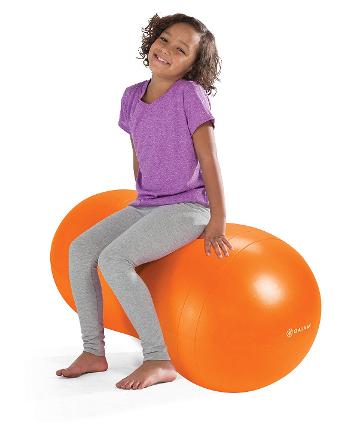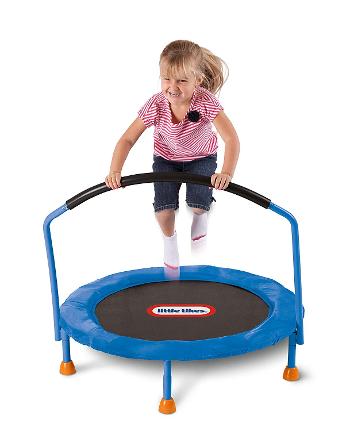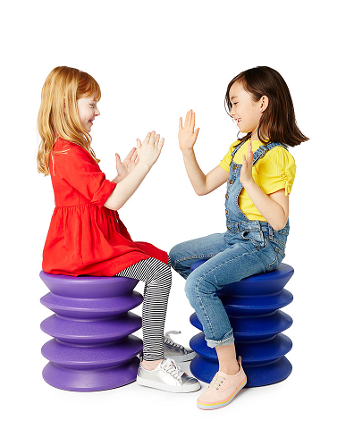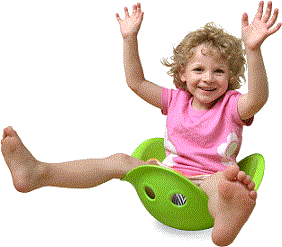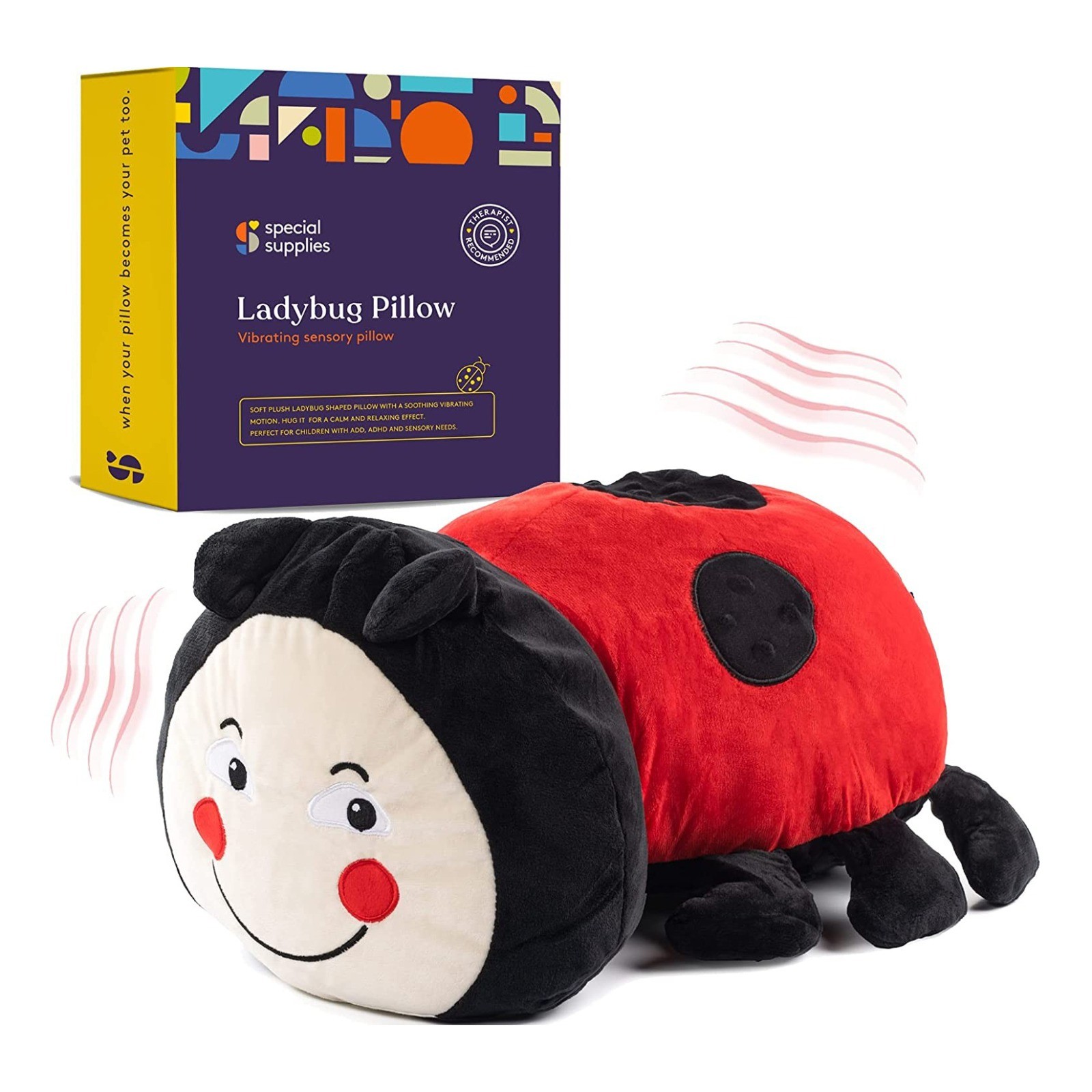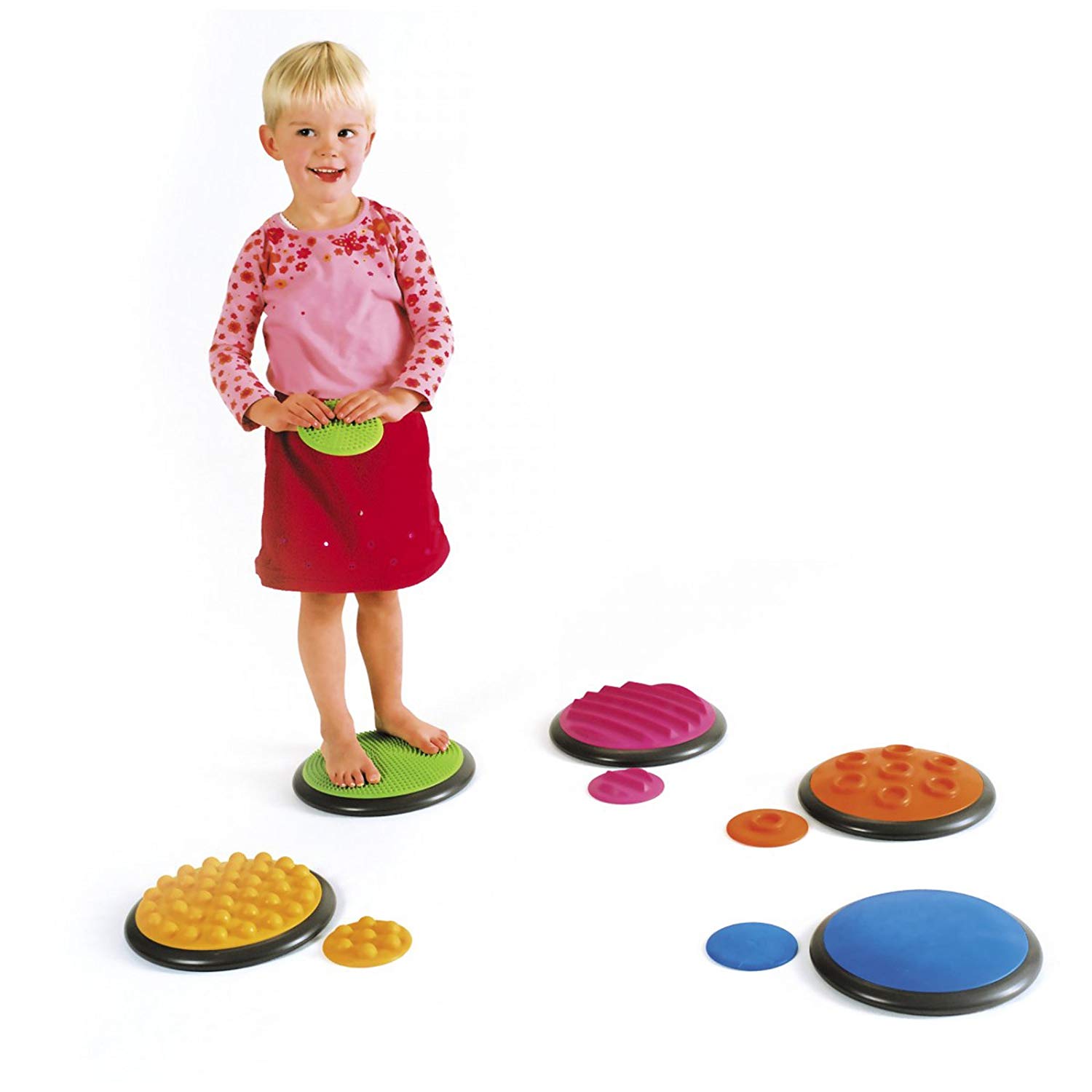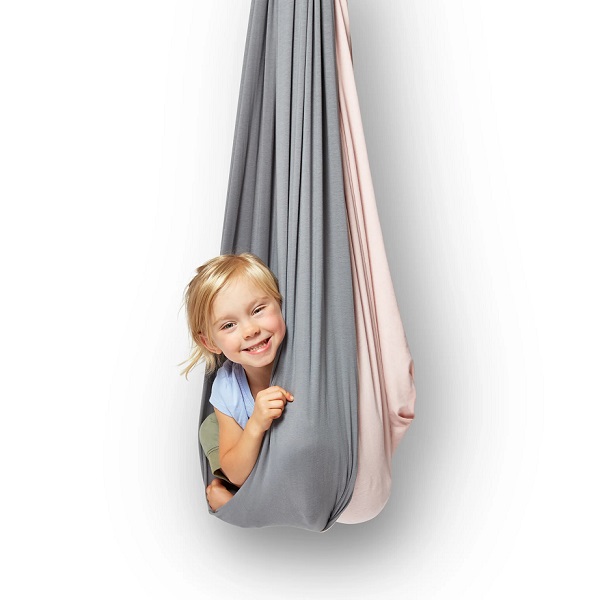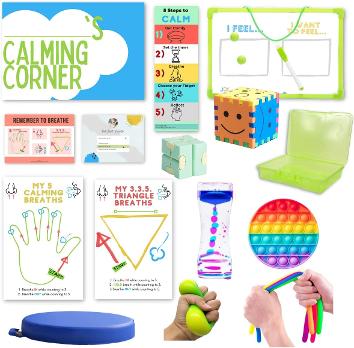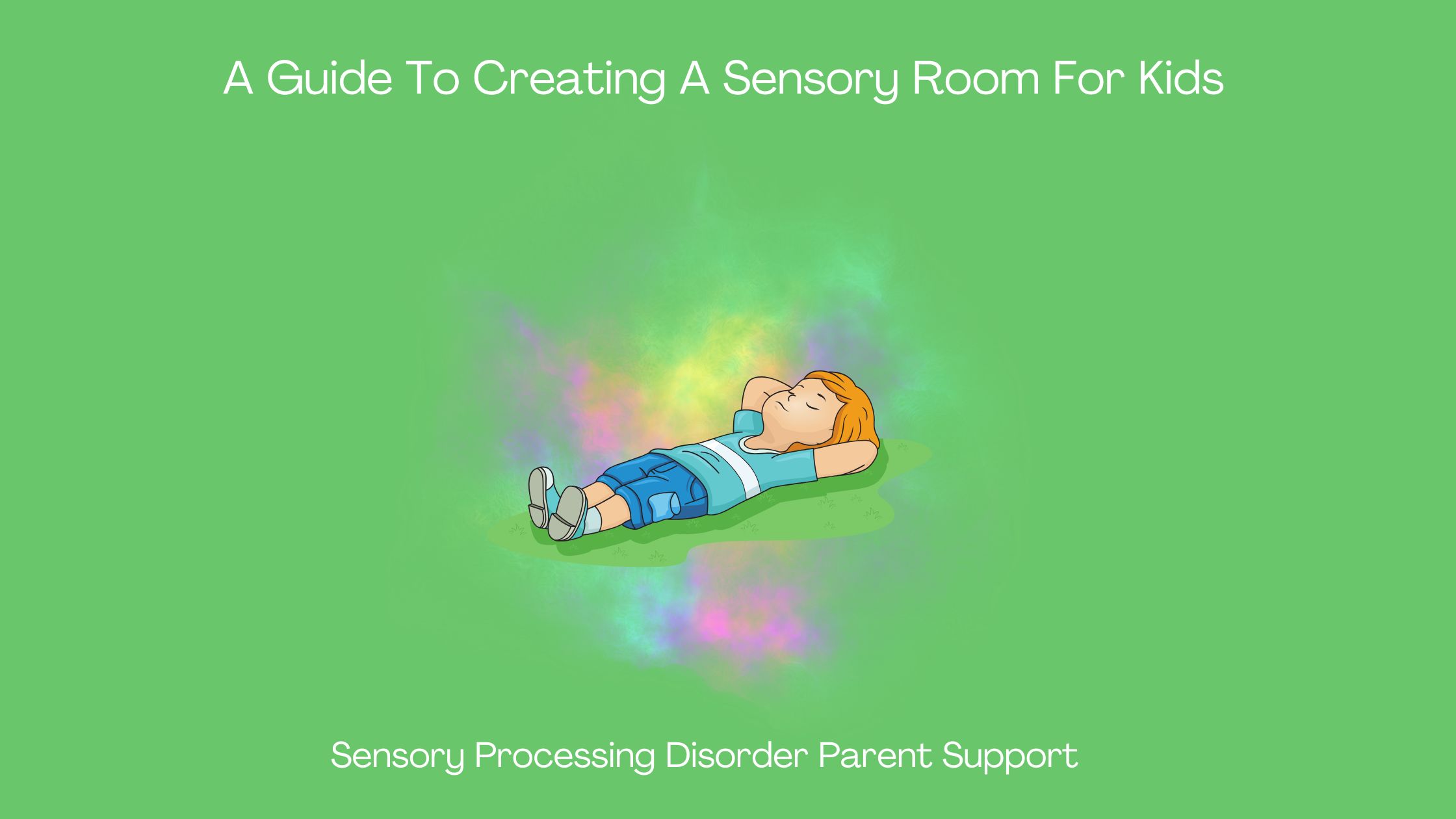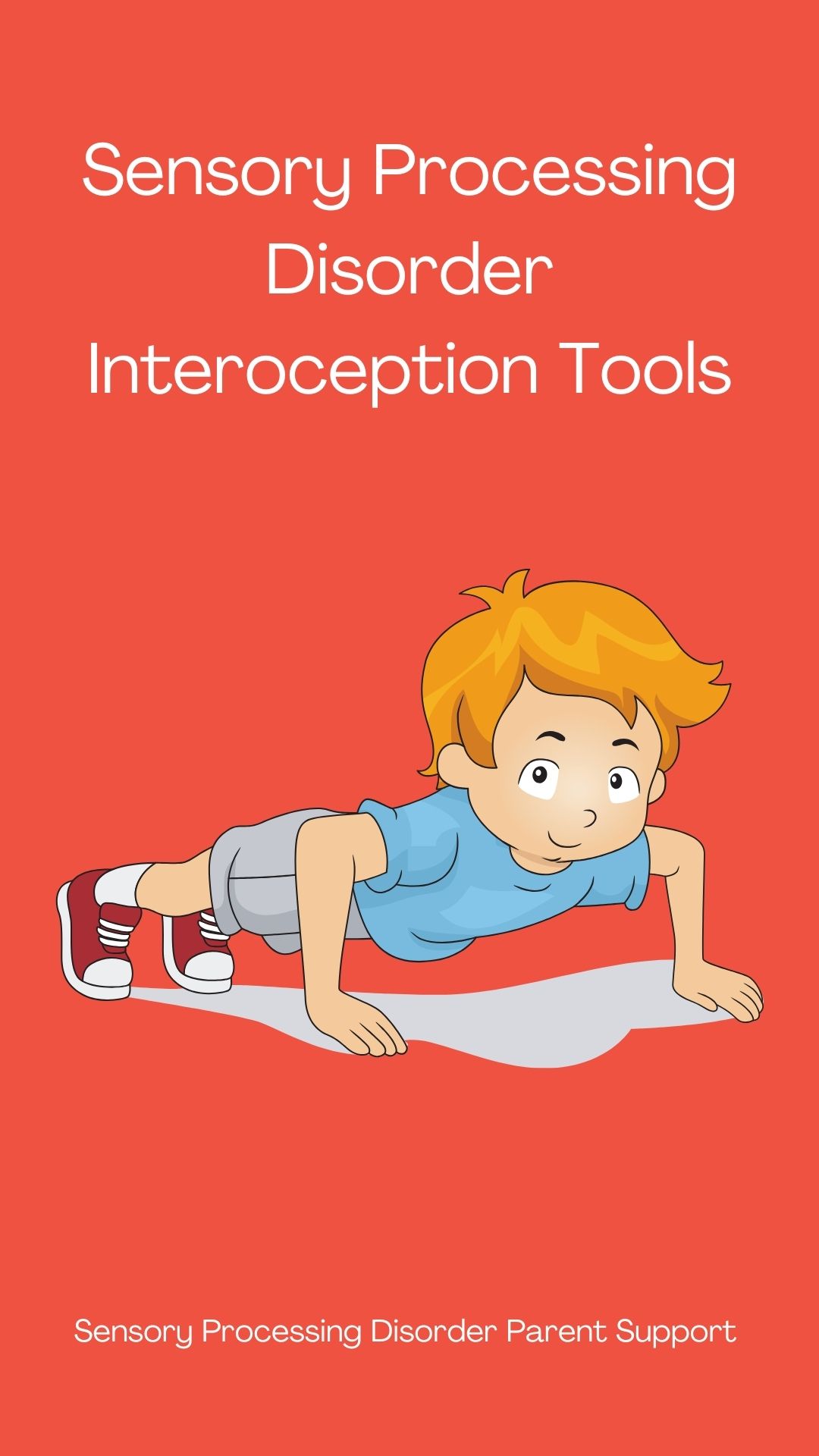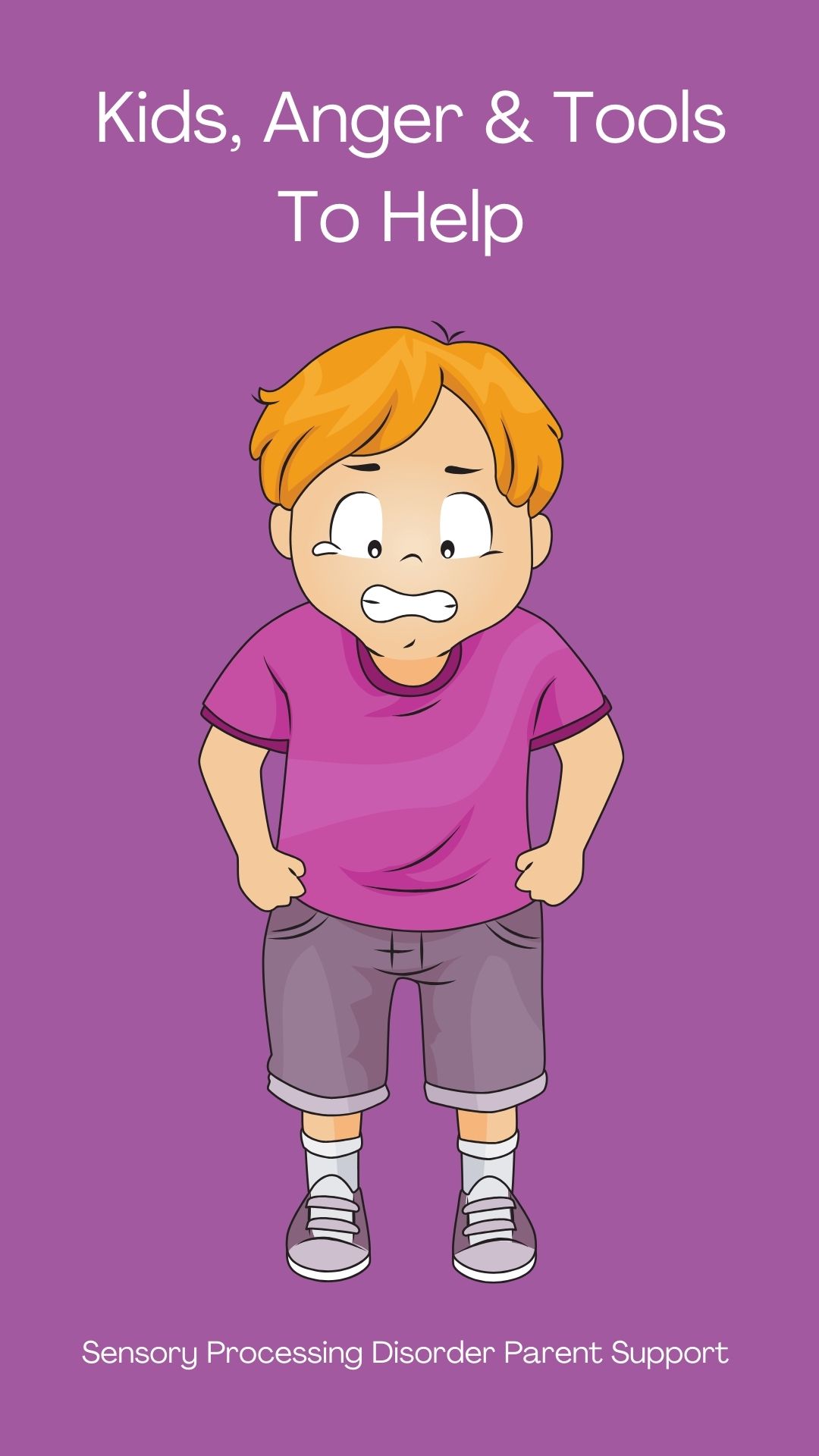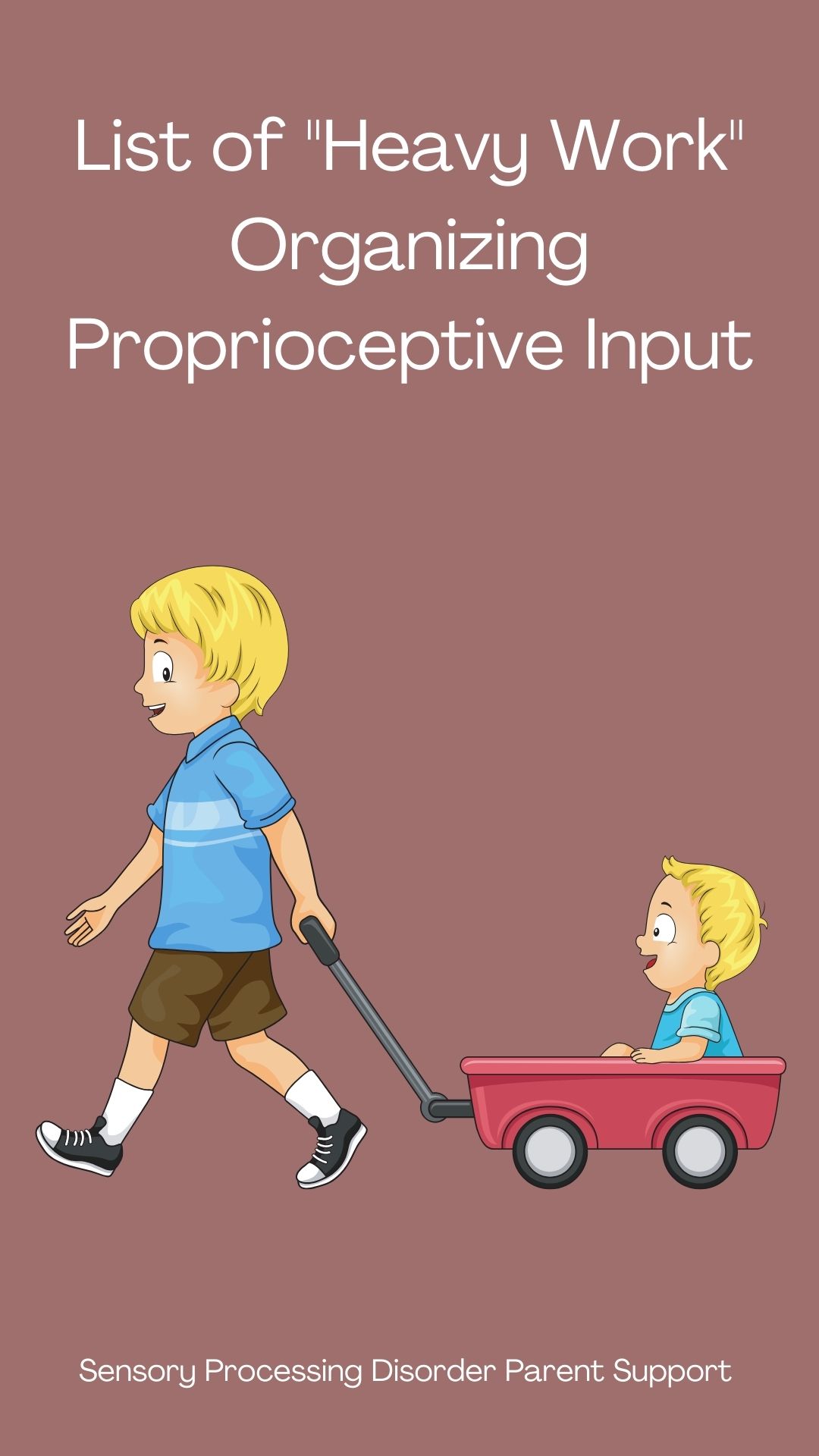A sensory room is a specially created space that can provide many different sensory experiences for a child or an adult. A sensory room can help a child with sensory differences regulate their sensory input.
Creating a sensory room for children may seem like a very difficult task but with some planning it can be a very rewarding experience for you and your child.
One of the first things to be considered when creating a sensory room for your child is to choose the best place to have it. It can be a spare room in your home, a corner in the child's bedroom or you can use a portion of your living room.
What you add to your child's sensory room and where you will have it will depend on the space you you have and your child's sensory needs. It is very important to have enough space for your child to move around freely and be able to explore their senses freely.
A sensory room should have a selection of sensory input for our eight senses. When planning your sensory room, you need to think about what sensory tools and toys will stimulate each of your child's 8 senses. You can choose soothing music, colorful lights, projector, textured objects and comfortable seating.
A sensory room is supposed to be a calming space for a child. It is important to create an environment that is soothing and without distractions. Choosing neutral colors for the walls and adding comfortable furniture that is comfortable.
Sensory room shouldn't have clutter and excessive decorations because they can be overwhelming for a child with sensory processing disorder.
A sensory room should be a space for the child to go when they are feeling overstimulated. This sensory space can have a bean bag chair and a child's tent. A sensory room should be away from main activity areas. This will be easier for a child to take a sensory break and regulate their senses.
It is important to include your child when creating their sensory room. They can offer valuable input on what sensory experiences they enjoy and what will help them feel calm. This will give them some control and include their preferences.
Sensory rooms should have a selection of sensory tools and that can help your child regulate their sensory input. These sensory tools could be weighted blanket, lights balance board, sensory swing or sensory fidgets. These tools can offer your child different types of sensory input and help them feel more relaxed, calm, focused and grounded.
A sensory room can be a really great tool for children with sensory differences. It can provide them with a safe and calming environment. A sensory space to explore and regulate their senses. Plan your child's sensory room and consider your child's sensory needs and you can create the perfect sensory room that will benefit your child for a long time.
It may be very beneficial to talk to your child's occupational therapist for sensory room recommendations that are specific to your child's sensory needs.
